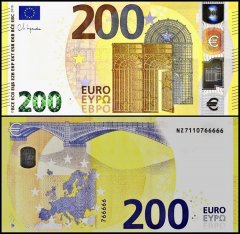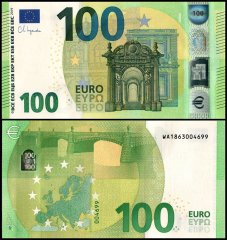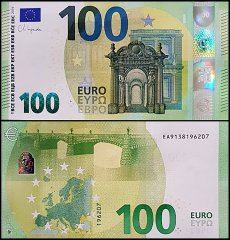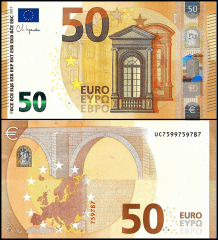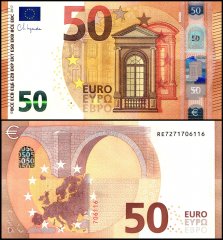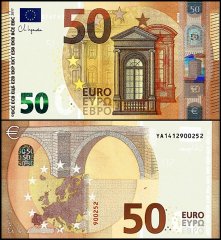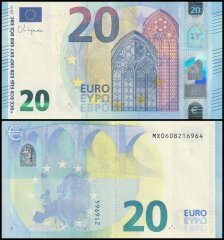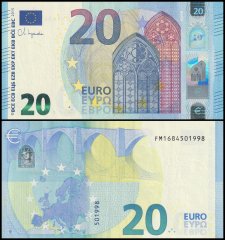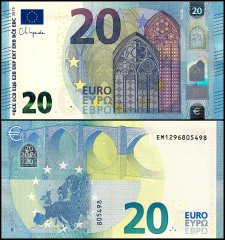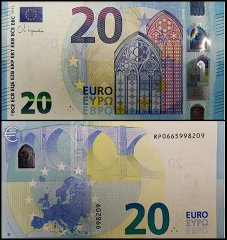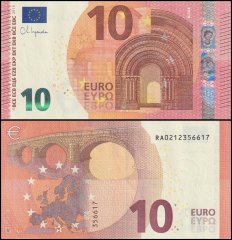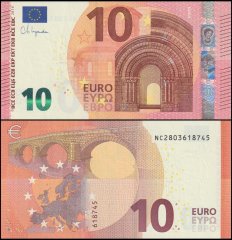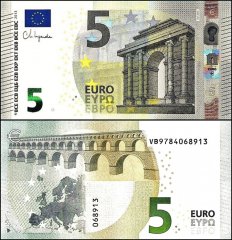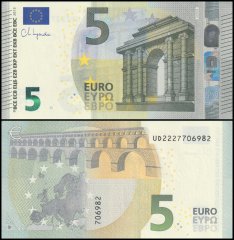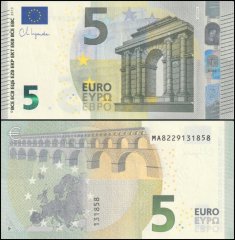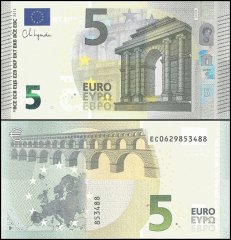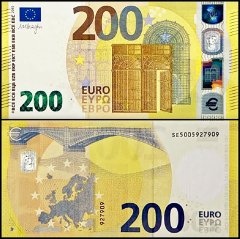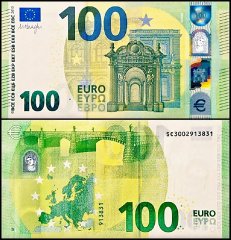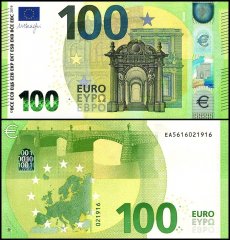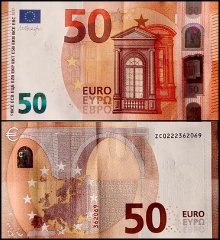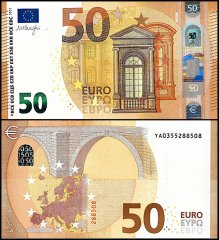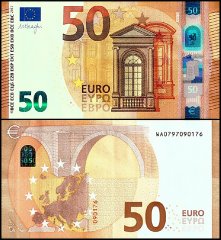- Saar
- Saint Helena
- Saint Lucia
- Samoa
- San Marino
- Sarawak
- Saudi Arabia
- Scotland
- Senegal
- Serbia
- Seychelles
- Sierra Leone
- Singapore
- Slovakia
- Slovenia
- Solomon Islands
- Somalia
- Somaliland
- South Africa
- South Sudan
- South West Africa
- Southern Rhodesia
- Spain
- Spitzbergen
- Sri Lanka
- St. Helena
- St. Kitts & Nevis
- St. Pierre & Miquelon
- St. Thomas & Prince
- St. Vincent
- Straits Settlements
- Sudan
- Suriname
- Swaziland
- Sweden
- Switzerland
- Syria
Euro/European Union
Europe is the world's second smallest continent, covering approximately one-fifteenth of the global land area. The continent is home to major peninsulas, including the Scandinavian, Iberian, Italian, and Balkan peninsulas, and the largest islands such as Iceland, British Isles, Sicily, Sardinia, and Cyprus.
Europe was the first major world region to develop a modern economy based on commercial agriculture, industrialization, and specialized services. The continent's economic modernization began in the 17th century with improvements in agricultural output in England, where continuous cropping on more efficiently plowed fields fueled the Industrial Revolution.
Factories were built on coalfields to minimize transportation costs, leading to the development of adjacent regions. Industrialization spread throughout Europe in the 19th century, with governments recognizing the importance of factory production and providing subsidies and tariff protection against foreign competition. However, large areas, including most of the Iberian Peninsula, southern Italy, and parts of Eastern Europe, remained untouched by industrial development. The interconnectedness of all parts of the continent facilitated the easy movement of goods and ideas, contributing to Europe's successful modernization.
In Europe, there are currently 29 currencies used across 50 countries, excluding Vatican City which is an observer at the UN General Assembly. The Euro is the most widely used currency, adopted by 25 countries, and any EU member state is expected to join the Eurozone once they meet the five convergence criteria. Denmark has an exemption from using the Euro, while Czechia, Hungary, Poland, Romania, and Sweden have not yet adopted it. These countries have not formally opted out, but fail to meet the ERM II guidelines.
-
Pick: 31 | Date: 2019
-
Pick: 30w | Date: 2019
-
New!
-
-
Pick: 30 | Date: 2019
-
Pick: 29u | Date: 2017
-
Pick: 29r | Date: 29r
-
New!
-
-
Pick: 29 | Date: 2017
-
Pick: 28m | Date: 2015
-
New!
-
-
Pick: 28f | Date: 2015
-
New!
-
-
Pick: 28b | Date: 2015
-
Pick: 27y | Date: 2014
-
New!
-
-
Pick: 27r | Date: 2014
-
New!
-
-
Pick: 27n | Date: 2014
-
New!
-
-
Pick: 26u | Date: 2013
-
New!
-
-
Pick: 24s | Date: 2019
-
Pick: 23z | Date: 2017
-
Pick: 23y | Date: 2017
-
Pick: 23w | Date: 2017






